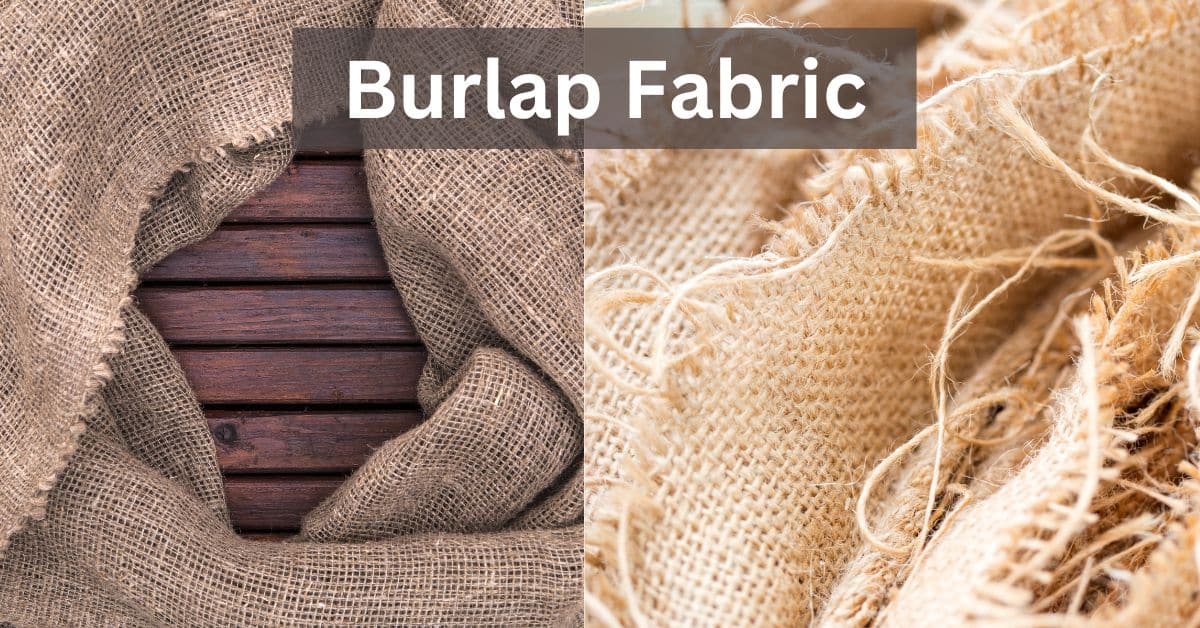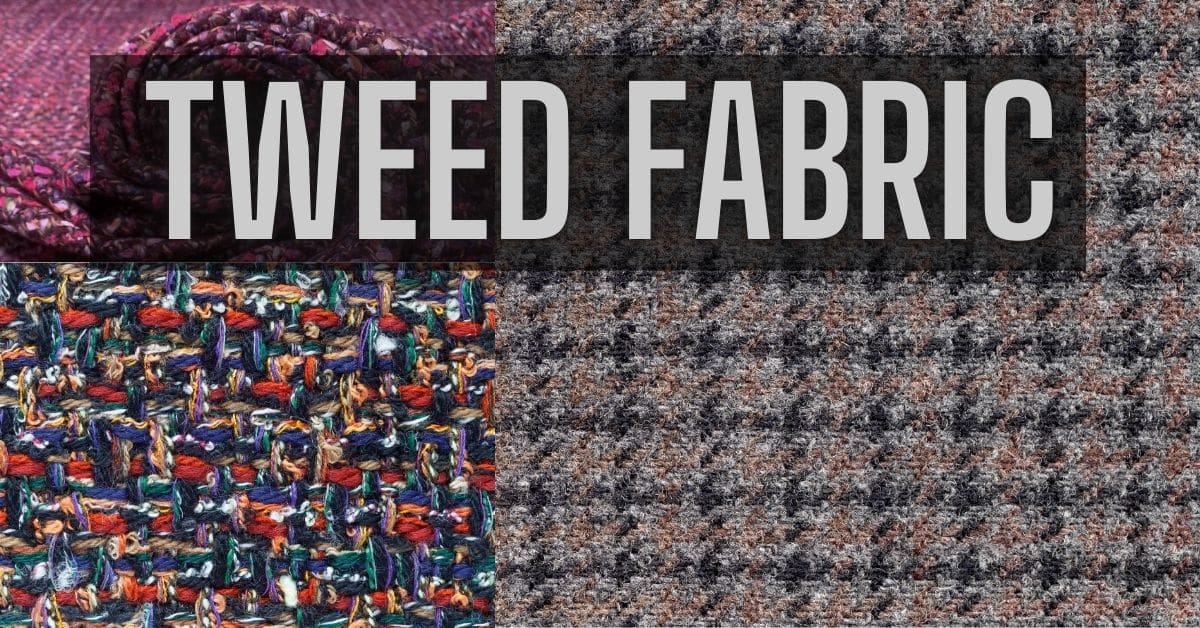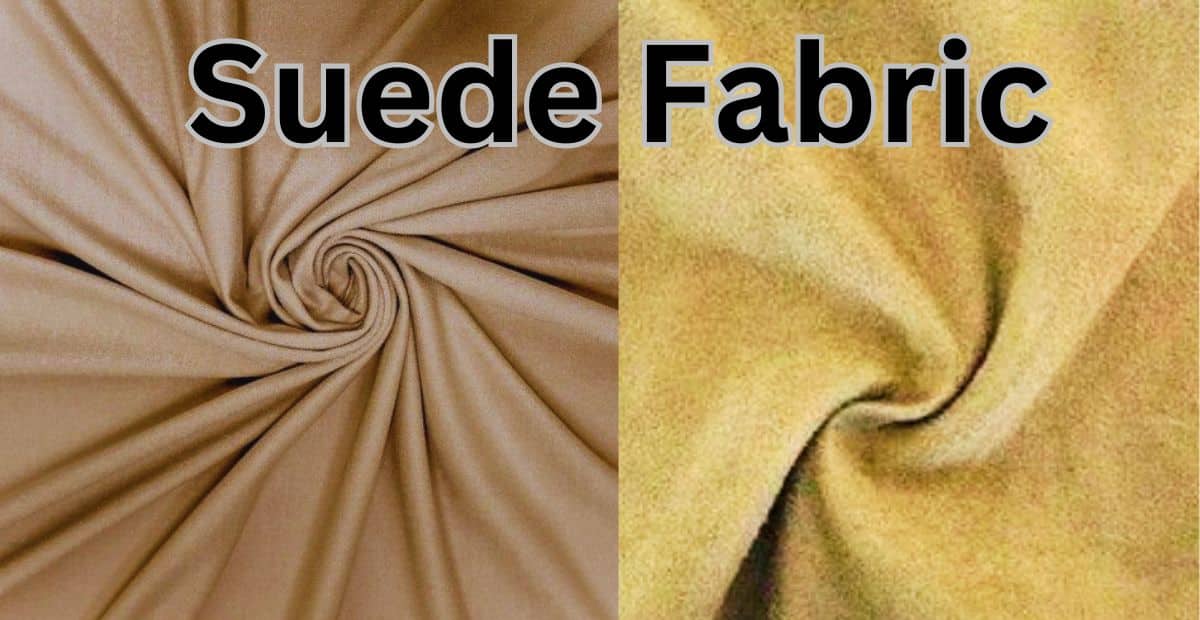Ready to craft your own success stories? If you are looking to start a business in textile, this detailed step-by-step manual is just for you. Let us get started and help you with every facet of building and expanding your own textile business, starting from fabric sourcing to coming up with interesting designs and everything in between.
In this article, we will talk about sourcing such suppliers, working them out, establishing the production process subsequently marketing it to the desired audience. Be it fashion, home décor, or eco-friendly textiles, there are ways of overcoming the described market problems, and these ways will make you a successful textile business owner. Aside from this, we will provide you with case studies and encouraging success stories that will span the text to drive you towards ambition.
Although starting a business in textiles may appear to be a challenge, passion fused with appropriate mentoring is a real way too deploy in gaining return on investment. So take your sketching pads and prepare to begin a remarkable adventure into the realm of the textile industry. Together, let’s complete the tapestry of your aspirations while building a business that is unique and competitive.

Why go into the textile business?
Starting a textile business can be a rewarding endeavor, especially for individuals who value creativity and artistry. The textile industry is large as it extends its branches into fashion and garments, domestic upholstery and even industrial textiles. The originality as well as environmentally sustainable items are on high demand, which makes it the right time to penetrate into such a highly influenced industry. Entrepreneurs can focus on niches of their choice- eco textiles; ethnic fabrics; fashion lines to mention a few. The thought of being able to pursue their creativity while establishing a revenue generating enterprise is quite a good enough motivation to take on this path.
The Economic Impact of Job Creation and E-Commerce in the Textile Industry
The same is true for the employment provision as well as job creation where a large number people are employeed under the textile industry and millions more have the potential to be reached through trade. Setting up your own company means you secure employment for yourself and possibly for additional individuals in your area which in turn helps to develop the economy. Furthermore, with the advent of e-commerce, it is safe to say that reaching out to customers around the world is easier than ever. With the correct tactics, you can sell your goods without being based in your immediate area thereby increasing the sales of your business and its potential.
You should also think about starting a textile business because there is always room for growth and invention in the industry. The industry is everchanging with new technologies and trends coming up every now and then. This ensures that business owners will always remain at the forefront of design and even how production is done. Be it in digital printing, sustainable dyeing techniques or even intelligent textiles, there are ever so many options that one can follow. It is important to learn new ways because this sets your brand apart from the rest.
Textile business market analysis
Doing market research is essential when you enter the textile business. While researching the target market, current trends, consumer preferences, and the competition are also critical factors that need to be analyzed. Beginning with target market identification is customary for everyone who goes into the market. Do you plan to go with high fashion clothes, low budget clothes, or even eco friendly textiles? This makes it easier to know how to design and market your products. Read more about Future of fashion.
Next, turn your attention to the competition. What are the winning textile entrepreneurs doing in terms of products and items offered, advertising strategies? What are their strengths, and what are their weaknesses? Where in the market are there supplements for which you can provide your products? Further, how will this competitive analysis help you strategize? And how will it assist your creative process in bolstering the uniqueness of your brand?
Lest, you forget, keep an eye on the trends of the industry. Go visit exhibitions, subscribe to the needed periodicals, join the communities on the internet. Being able to notice changes in the market, new products in the industry, and growing green tendencies will enable you to be relevant in the ever-evolving world. The most important thing knowledge gained through market research will serve as a valuable base when you are going to start your own textile business, enabling you to enhance your selections and avoid pitfalls.

Developing a business plan for the textile business
A business plan helps you avoid mistakes that would cost you dearly and it is useful in raising capital with proper structures put in place. To begin with, your textile business is going to require a business plan. It will be your map, with clear milestones from the start-up phase and further. The first step is defining the targets of your business, both short-term and long-term. This way, as you will face various challenges on your way, you will still remain focused and motivated, as your goals will be clear.
Then, elaborate on the form of business that you will adopt. Will you be a sole proprietor, a partner with a partner or will you register a limited liability company? Each structure has its pros and cons, so select one that is realistic with your aims and your resources. In addition, describe your marketing and sales strategies with pricing, channels of distribution as well as promotional techniques. This part will enable you gain insights on how to win and maintain customers.
Last but not the least, also incorporate financial forecasts in the business plan. What are your estimated start-up costs, maintenance costs or operational costs and projected income? This financial summary will not only assist you in obtaining finances if required but will also assist you monitor your achievements and where there is need for changes make them. Having a well constructed business plan will be of essence to your business, as it will provide you with strategies on how to diversify as you start expanding into different textile niches. Read Superior textile
Sourcing materials and suppliers for your textile business
The success of your textile business always depends to a great extent on the ability to find dependable suppliers as well as quality materials. First, canvas the market for various fabric and material options that can be incorporated to actualize your intended products. Also, think of survivability, texture, environmental nature and affordability. Responsible sourcing of materials has become essential. In fact today, many clients want to go green.
Once you’ve decided on the materials you will use, start looking for suppliers. Find potential vendors by going to trade shows, searching for online marketplaces, or by networking. Don’t be afraid to ask your potential suppliers for samples of their fabrics in order to see their products up close. It is important to establish strong ties with your suppliers, as it means you will be in a position where you can get better prices, timely deliveries, and even rare materials.
Then, also think about how you are going to obtain your materials. Will you be purchasing materials from abroad or will you use suppliers from the country? There are pros and cons to both options. Local suppliers tend to have shorter delivery times and lower transportation expenses, while foreign suppliers tend to have a greater variety of products. These factors should be analyzed carefully to decide the most favourable sourcing method for your textile business.
Choosing a textile Business Structure and Developing a Comprehensive starting Plan
Elaborate on the form of business that you will adopt. Will you be a sole proprietor, a partner with a partner or will you register a limited liability company? Each structure has its pros and cons, so select one that is realistic with your aims and your resources. In addition, describe your marketing and sales strategies with pricing, channels of distribution as well as promotional techniques. This part will enable you gain insights on how to win and maintain customers.
Last but not the least, also incorporate financial forecasts in the business plan. What are your estimated start-up costs, maintenance costs or operational costs and projected income? This financial summary will not only assist you in obtaining finances if required but will also assist you monitor your achievements and where there is need for changes make them. Having a well constructed business plan will be of essence to your business, as it will provide you with strategies on how to diversify as you start expanding into different textile niches.
Starting your own textile business - laws and planning
There are a lot of laws, rules and duties that must be followed when you are going to start your own textile business. To begin, select an appropriate business structure such as an LLC, corporation or sole proprietorship that best suits your goals. The structures have different laws regulating them, and so best approaches would seek the services of a lawyer in determining the right one.
Moving further, get your business registered with the relevant authorities. This may require seeking a business permit, registering for tax purposes, and obtaining relevant permits that relate to the textile industry. In addition, look up local laws on employment, health and safety as well as any other related environmental issues. Compliance is very crucial in relation to any legal complications that may arise in the future.
After the legal matters have been addressed, proceed to concentrate on the logistical aspect of your business. This involves finding an appropriate work site for your production whether a small home studio or an office, and a large plant. Look at your needs in equipment such as sewing machines, cutting tables, and shelving spaces. If your production process is well coordinated, it would enhance the efficiency in the production process ultimately enhancing the success of your business.
Designing and making the textiles
The creative stage is the stage by which the concept you envisioned becomes reality. Start it off by making rough sketches and then experimenting with different kinds of fabrics and designs. As a designer, it is also important to seek for inspiration in different places including art, fashion and nature. Generate digital prototypes of your ideas first, this saves time and allows you to make physical alterations of the agriculturals before actual production begins. This step is likely to greatly cut down mistakes and enhance the quality of the textiles produced.
After you are done with your designs, now shift to the manufacturing stage. Depending on your level, you may be able to do the items yourself or utilize a manufacturing partner such as a factory. Should you wish to produce items in-house, be sure to have the required technologies and highly skilled workers. Likewise, if you opt for outsourcing, make sure to vet your potential manufacturers and ensure they are high quality, dependable, and ethical. How to select potential and ideal clothing manufacturer?
At all times the quality control should be conducted on every stage in the production process. Establish procedures to locate the control of materials, stitches, and the same control towards the final products. Such focus will help the best standards to be achieved and aid the growth of a respectable brand. Regular comments and improvements will develop your designs and their production as well, helping the shapes ensure that your textiles appeal to the target market.
Targeting and promoting your textile business
Marketing your textile business is really important if you want to have clients and make sales. Start from creating a solid good brand which incorporates what you stand for and your market flows well with it. You should incorporate an eye- catching logo, a suitable color scheme and create a strong marketing voice across all marketing materials. This branding will lay a good foundation for all your promotional activities.
Employ online marketing strategies and grow your audience. Create and target visitors for an all-inclusive website that has product images and descriptions. Use social media to communicate and relate with your audience, show behind the scenes and new things. You can also boost your brand awareness and presence in the industry by working with influencers or fashion bloggers.
Note however, that traditional marketing strategies equally performs well. Go to exhibitions, fairs, and any local events to market your textiles physically. There is also potential for cooperation and synergy by working in the same industry. Further, think about carrying out email marketing activities to update your customers on latest products, special offers, and the company. Such a integrated marketing strategy will enhance your brand visibility and increase sales when you start your textile business.
Textiles in Town: The Pros and Cons of Disconnecting While Buying or Selling effort and the most appropriate modes
The Pros and Cons of Disconnecting While Buying or Selling effort and the most appropriate modes
With regards to selling your textiles, a hybrid package with both online and offline channels . First steps should be creating a strong online presence. Online marketplaces such as Etsy, Shopify, or Amazon Handmade are good options for expanding a business’s reach. Make it easy for customers to navigate your online store and provide them with secure payment options. Furthermore, captivating product images and interesting descriptions of the products offered are necessary.
Another powerful sales weapon could be social networks. Since Instagram and Pinterest are focused on visuals, your textiles can be beautifully presented there. Post beautiful and attractive images of the product and its styling, as well as reviews from the buyers. Hold contests or other giveaways for your product around the time of launching campaigns online to attract interest to the store.
The writer who focuses on online selling should also consider offline options for reaching out to the neighborhood. Go for craft fairs, farmers’ markets or pop-up shops and display your textiles. A good option might be also putting effort into establishing connections with local boutiques or retailers to use them for sales. Make contacts with professionals and offer to hold textile-related workshops or classes and this will surely help to develop community relations and generate extra income. The diversification of sales channels will allow you to cover more audience and raise overall sale numbers.
Conclusion: Examples of success and final advice to the beginners of a textile business
When thinking of how to start a textile business, it is always reassuring to see how someone else did the same thing and managed to succeed. Numerous preschool owners started from scratch with little funds but they turned their obsession with textiles into successful businesses by being quality-driven, innovative, and focused on customer satisfaction. Taking the best of their lessons can also be beneficial and is certainly inspiring and helps to weather any storm that may come your way.
Do not forget:
As this is true of other fields of activity, persistence is the most important quality in the textile business. There will be highs and lows, but constant focus on targets and flexibility to current changes will lead to the achievement of objectives. Get customer opinions; study the markets; and enhance quality in everything from product to practices. Association with fellow textile entrepreneurs can as well avail unique resources that assist in making your business better.
Last but not the least, do not forget how important it is to be creative and really connect with the heart of your business. Your passion for the fabrics will be evident in your work and will appeal to your audience. You will be telling your story through your business. So, go with the flow and work on how you will make your dreams come to life. It is now possible to start a textile business successfully provided one applies the right approaches and mindset. If this guide is not enough for you please read this article.















